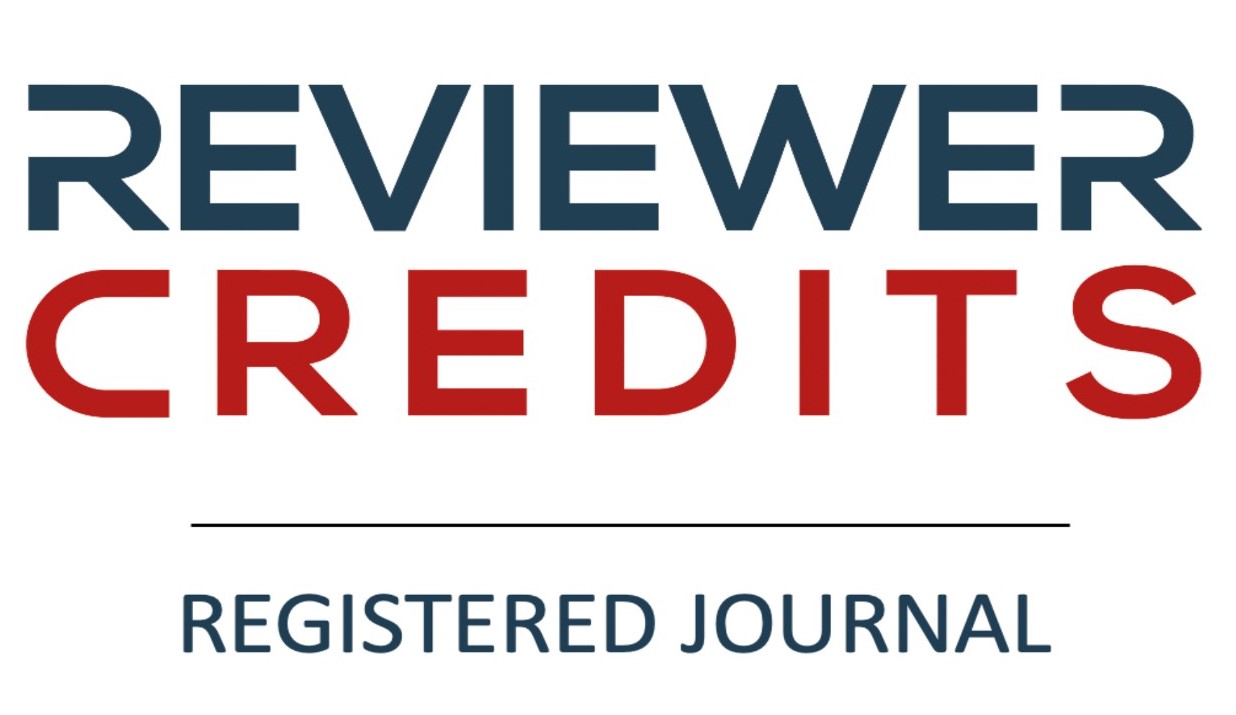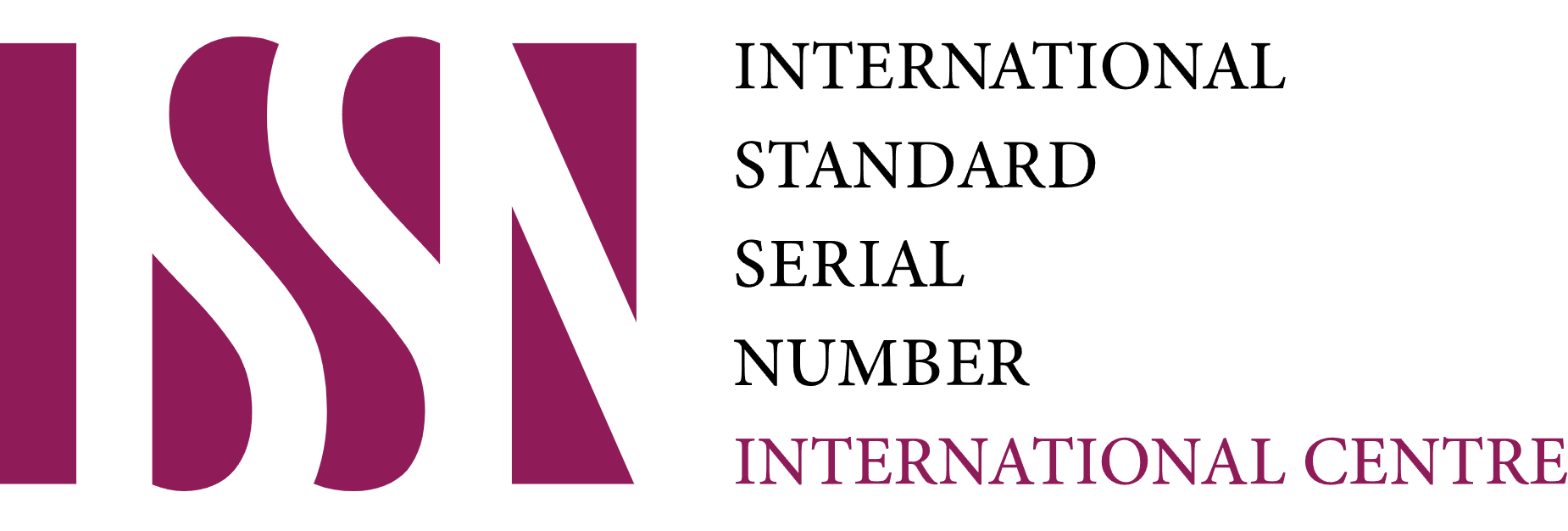KETERKAITAN ADOPSI TEKNOLOGI DENGAN SUBSISTEM AGRIBISNIS JAGUNG DI KECAMATAN SUKAMAKMUR KABUPATEN BOGOR
DOI:
https://doi.org/10.51852/jpp.v9i1.323Abstract
Sebagian besar jagung ditanam pada lahan kering di daerah tertinggal dan produktivitasnya rendah. Telah dilakukan penelitian untuk : a) menelaah agribisnis jagung; b) mengetahui tingkat adopsi teknologi budidayanya; dan c) menganalisis keterkaitan antara adopsi teknologi budidaya dengan subsistem agribisnis. Lokasi penelitian dipilih secara sengaja (purposive sampling) di Kecamatan Sukamakmur. Sampel penelitian diambil dari populasi petani jagung di Desa Sukamakmur yang memiliki areal pertanaman jagung terluas. Responden berasal dari tiga kelompok yang memiliki areal pertanaman jagung terluas pertama, kedua, dan ketiga sebanyak 70 orang dan ditetapkan secara proporsional. Hasil penelitian menunjukkan bahwa di Kecamatan Sukamakmur masih terdapat subsistem dalam agribisnis jagung yang tergolong tidak baik sehingga perlu pengembangan. Adopsi teknologi budidaya tergolong baik dan terdapat kertekaitan dengan subsistem agribisnis mulai rendah sampai sedang. Dalam rangka pengembangan agribisnis jagung di Kecamatan Sukamakmur, pioritas subsistem yang perlu pengembangan berturut-turut adalah subsistem agro-produksi, agro-input, agro-industri, agrosupporting services dan agro-marketing.
Downloads
Published
Issue
Section
License
Authors who publish with this journal agree to the following terms:
1. Copyright on any article is retained by the author(s).
2. The author grants the journal, right of first publication with the work simultaneously licensed under a Creative Commons Attribution License that allows others to share the work with an acknowledgment of the works authorship and initial publication in this journal.
3. Authors are able to enter into separate, additional contractual arrangements for the non-exclusive distribution of the journals published version of the work (e.g., post it to an institutional repository or publish it in a book), with an acknowledgment of its initial publication in this journal.
4. Authors are permitted and encouraged to post their work online (e.g., in institutional repositories or on their website) prior to and during the submission process, as it can lead to productive exchanges, as well as earlier and greater citation of published work.
5. The article and any associated published material is distributed under the Creative Commons Attribution-ShareAlike 4.0 International License













